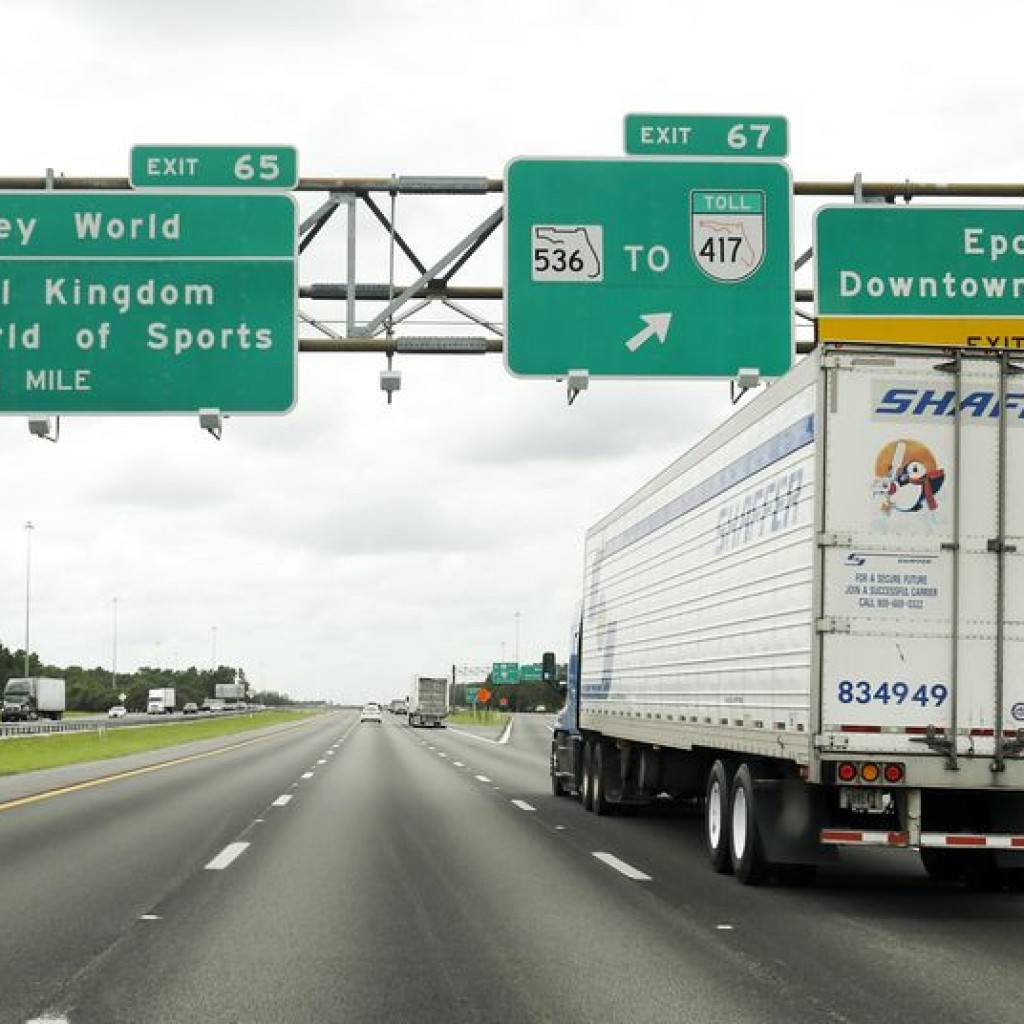
The last time Erik Paul took a Caribbean cruise out of PortMiami, getting off the ship took well over an hour. The lines clearing immigration in the port were backed up, and there was such general chaos that Paul’s mother got into a heated argument with a purser when she insisted on getting off the Carnival ship before she was called.
“The port was unable to handle the customer loads,” said Paul, 47, who lives in Orlando. “It seemed like a disorganized mess.” He never wants to use the port again.
With Florida on pace to host a record 100 million visitors this year, the state’s tourism infrastructure is being challenged like never before. Florida’s four large-hub airports and five major seaports are undergoing billions of dollars in renovations and construction, but some experts says Florida will have to adapt to even further increases in demand to remain competitive. Tourism is the state’s biggest industry.
“It’s akin to someone moving into a larger house,” said Robert Weissert, senior vice president for research at Florida TaxWatch, a nonprofit research group that has studied Florida’s infrastructure challenges. “Someone needs to tell them that along with a bigger house comes higher heating and cooling costs and more maintenance costs.”
Florida’s airports are getting more crowded as the state’s airports add direct flights to far-flung cities and tourism numbers surpass pre-Great Recession levels. Half of Florida’s visitors arrive by air.
Just this year, half a dozen airlines started direct flights between Orlando International Airport and Belfast, Ireland; Brasilia, Brazil; Dubai, United Arab Emirates; Reykjavik, Iceland; Havana, Cuba; and Lima, Peru. The Dubai flights on Emirates Airlines are expected to attract new passengers from Asia and the Middle East to Orlando, which last year became the most visited place in the United States with 62 million visitors.
The state’s second-busiest airport has embarked on a $1.1 billion expansion, the largest in two decades, for a new garage, check-in kiosks and a train terminal to service the privately funded All Aboard Florida line, which will run from Orlando to Miami in two years. As the airport built for 24 million passengers annually approaches handling 37 million passengers, there are plans to build a new terminal in the coming years.
“The airport experience is part of the tourist experience, if you’re visiting Florida,” Weissert said. “If you’re caught up in long lines in customs, if you can’t park near the airport, if you can’t get the flights you want, those are going to affect your experience.”
Of Florida’s airports, only Fort Lauderdale-Hollywood International Airport has the risk of overcapacity by 2030, if runway expansion projects aren’t finished, according to an annual report from the Federal Aviation Administration.
But the FAA has put three other Florida airports on a “caution list” and says they need to be monitored for delays. Congestion could be troublesome by 2020 at Miami International Airport, the state’s busiest airport with 40.5 million passengers annually. By 2030, congestion could also hit Orlando, Tampa International Airport, as well as Miami, according to the FAA’s Fact3 report.
The Fort Lauderdale airport is working to get ahead of the crowds expected from a flurry of new flights announced this summer by JetBlue Airways to Mexico City; Quito, Ecuador; Albany, N.Y.; Baltimore; Detroit; and Philadelphia. Last year, it opened an 8,000-foot runway that cost more than $700 million to build, as part of a $2.3 billion expansion boost that includes rebuilding a terminal, upgrading concession and bathroom areas and adding an automated baggage inspection system.
At Miami International Airport, new flights were announced this summer to Argentina, Aruba, Colombia, Mexico and Turkey.
Florida’s seaports also are growing more crowded as the cruise industry builds bigger ships, attracts more international tourists and continues to be the fastest-growing segment in the tourism industry, with a growth rate of about 7 percent a year.
Florida’s 15 seaports are undergoing $3.5 billion in capital improvements over the next five years with construction projects that will reverberate through the cruise industry since almost two-thirds of all U.S. cruise passengers pass through Florida’s ports.
Port Everglades near Fort Lauderdale is undergoing a deepening and widening of its navigational channels at a cost of almost $400 million. Last year, it finished building a rail yard that will alleviate traffic by allowing cargo containers to be directly transferred between ship and railcars, and it finished renovating a terminal earlier this year.
More than $1 billion in infrastructure projects are underway at PortMiami that include deepening the port’s harbor channel, building a tunnel that connects the port to Miami highways and restoring a rail service between the port and the national rail system.
Port Canaveral in Florida’s Space Coast just opened a new $110 million terminal late last year, has plans to renovate two additional terminals and is in the middle of building a shopping and restaurant plaza with a luxury hotel. Next year, the Norwegian Epic and the Carnival Magic cruise ships start calling Port Canaveral home, bringing the number of ships calling the port home to 11.
A recent consultant’s report estimates that Port Canaveral will need three additional terminals by 2040 as it competes to be the world’s busiest cruise port. Traffic around Port Canaveral in Florida’s Space Coast is expected to grow by 50 percent in the next three or four years, as the port goes from hosting 4.2 million cruise passengers annually to having 6 million passengers.
“Our pace has been so fast, that it can seem overwhelming,” said John Walsh, the port’s CEO. “The port was once a quiet, sleepy place, occasionally doing a project. But in the past two years, we have had a change in views of expansion.”
—
Republished with permission of the Associated Press.



